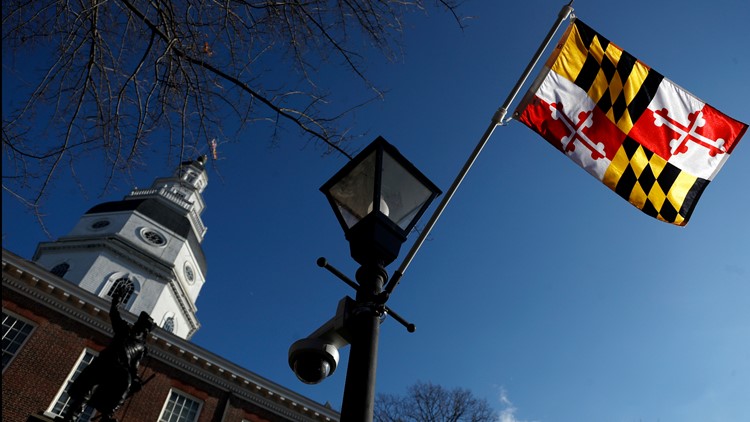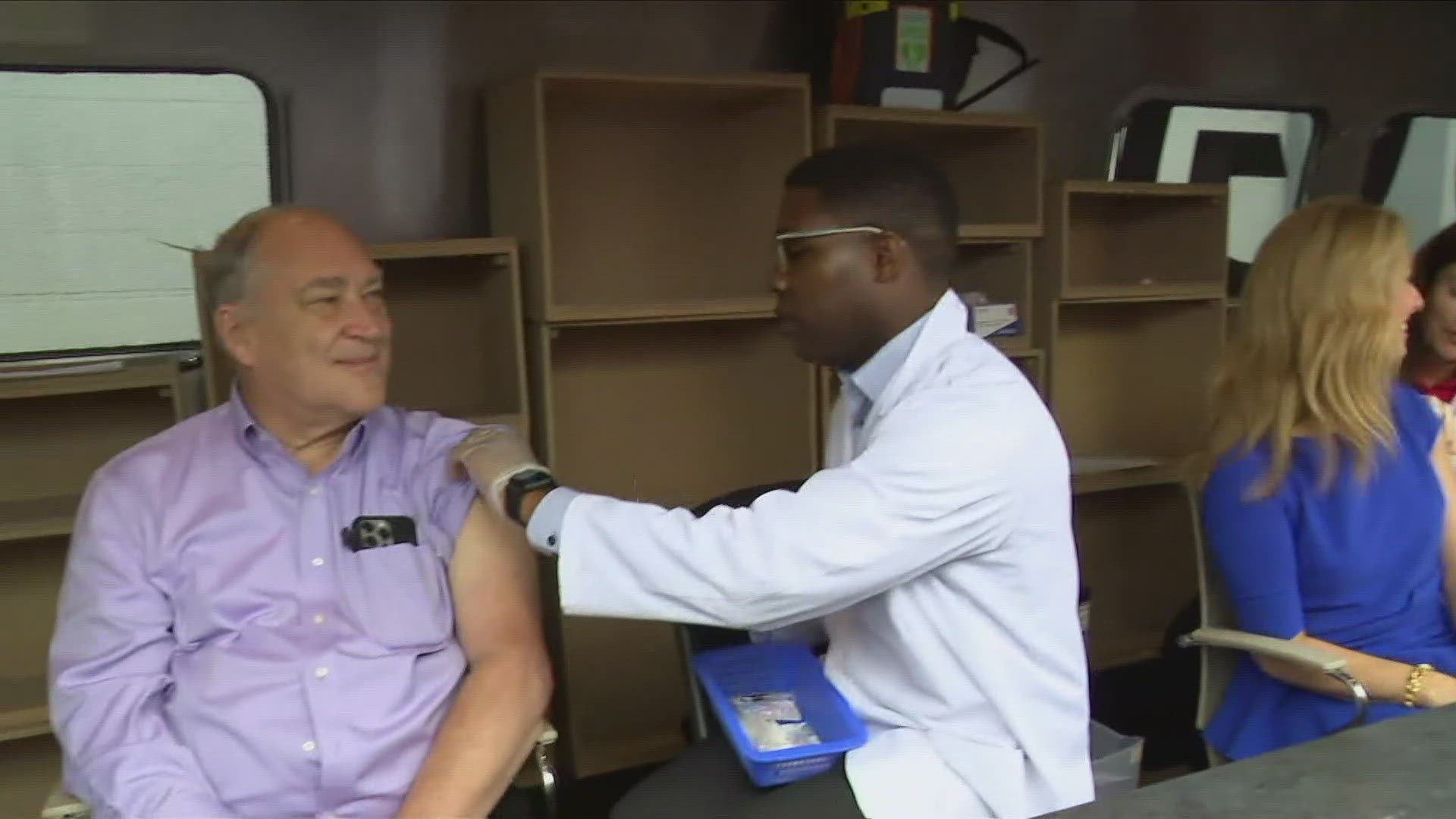WASHINGTON — It’s Monday, February 1, and in Maryland there is good news and there is not-as-good news.
The good news? After months of often record-breaking increases in cases, hospitalizations, deaths and testing positivity in the state, as of Monday I can report that four metrics are showing signs of sustained decline.
Since peaking on January 12 at an average 3,228 new cases a day, Maryland has seen its seven-day average decline to 1,785 new cases a day. That’s a whopping 44% drop in less than a month – but, and this is a big but, it’s still more than 700 additional cases a day than Maryland’s previous record high set during the first wave of the virus.
The state’s hospitalization trend is nearly a copy-paste of that. As of Sunday, the state was reporting 1,471 coronavirus-positive patients in its hospitals. That’s down 25% from its all-time high set on Jan. 11, but still up more than 180% from where it was on Nov. 1.
Coronavirus testing numbers in Maryland require less caveating. Average positivity in the state had risen up to nearly 9.5% as of Jan. 5, and has since dropped back down to 5.7%. Good stuff there.
The final of the big-four metrics, coronavirus-related deaths, is starting to move in the right direction, but it’s perhaps too soon to celebrate. Maryland was averaging 8 deaths a day from the virus on Nov. 1. Then, beginning in mid-November, coronavirus-related deaths began a long upward movement – rising to 46 a day by December 20. Since then, the average has hovered around the 40-a-day mark for more than a month. Only over the past week has it begun to show some signs of decline.
In case you’re just here for the numbers, here’s how things look today:
- DC reported 136 new cases and 3 new deaths from the coronavirus on Monday.
- Maryland reported 1,163 new cases and 27 new deaths from the coronavirus on Monday. That’s the lowest number of new cases in a month and a half.
- Virginia reported 2,861 new cases and 10 new deaths from the coronavirus on Monday. The commonwealth has now given out more than 50,000 shots a day – Gov. Ralph Northam’s goal – twice. It’s now averaging more than 45,000 shots a day.
How are things looking in the DMV?
Today’s COVID blog is all Maryland, all the time. We’ll catch back up with D.C. and Virginia later in the week. Let’s move on the vaccine numbers.
While Virginia has made significant progress over the past week, Maryland is still in the bottom-half of the country when it comes to the percentage of doses it’s administered (57%) and the percentage of its population that has gotten at least 1 dose (7%).
The Maryland State Senate had a meeting scheduled Monday afternoon to talk about the state’s vaccination speed. They’ve got a number of issues to discuss, including not enough doses getting to places like Montgomery and Prince George’s counties and an ongoing disparity in the number of Black Marylanders who are getting shots.
On that last point, the state’s data portal shows that 14% of the 455,910 first doses administered so far in Maryland have gone to Black patients. That’s well below the 30% of the state’s population that’s Black. At least part of that may be attributable to the fact that Prince George’s County (which is ~64% Black) currently has the lowest percentage of its residents vaccinated in the state – not the least of which because, as WUSA9 previously reported, as many as 50% of vaccinations given out in in the county were going to non-residents. Prince George’s County has since added a requirement that you live or work in the county to get a vaccine appointment.
Another challenge the state will have to overcome – one that’s not unique to Maryland – is vaccine hesitancy among the as many as 35% of Black adults who say they probably or definitely won’t get vaccinated, according to a study by the Kaiser Family Foundation. As Montgomery County Councilmember Will Jawando told us in December, that’s not coming out of nowhere. It’s based on a “history of disparities and unfair treatment” in the U.S. when it comes to Black patients in the health care system. Black Americans are still more likely to get the vaccine than at least one other group – Republicans – 42% of whom responded to the Kaiser survey saying they would probably or definitely not get the COVID-19 vaccine.



